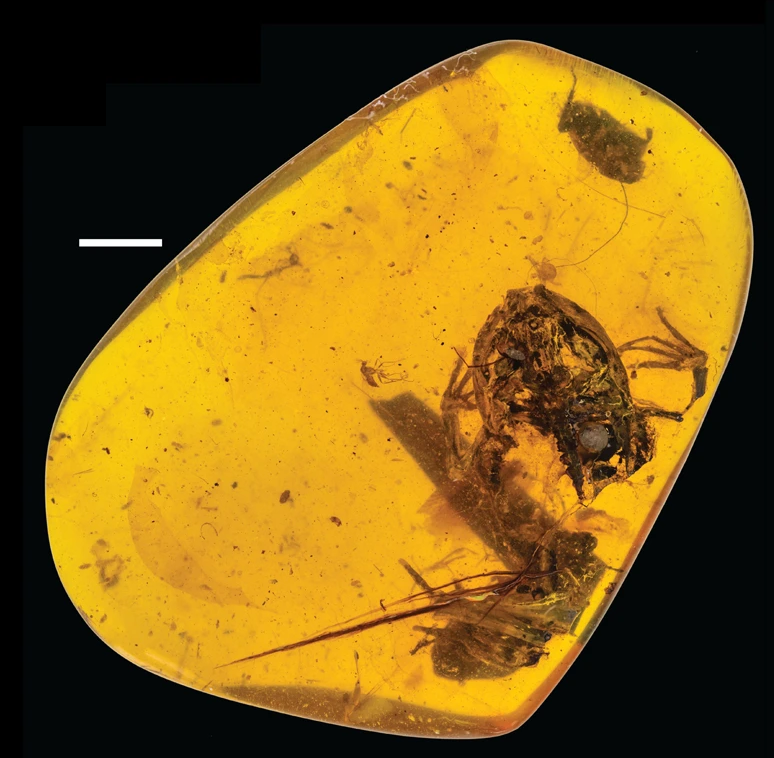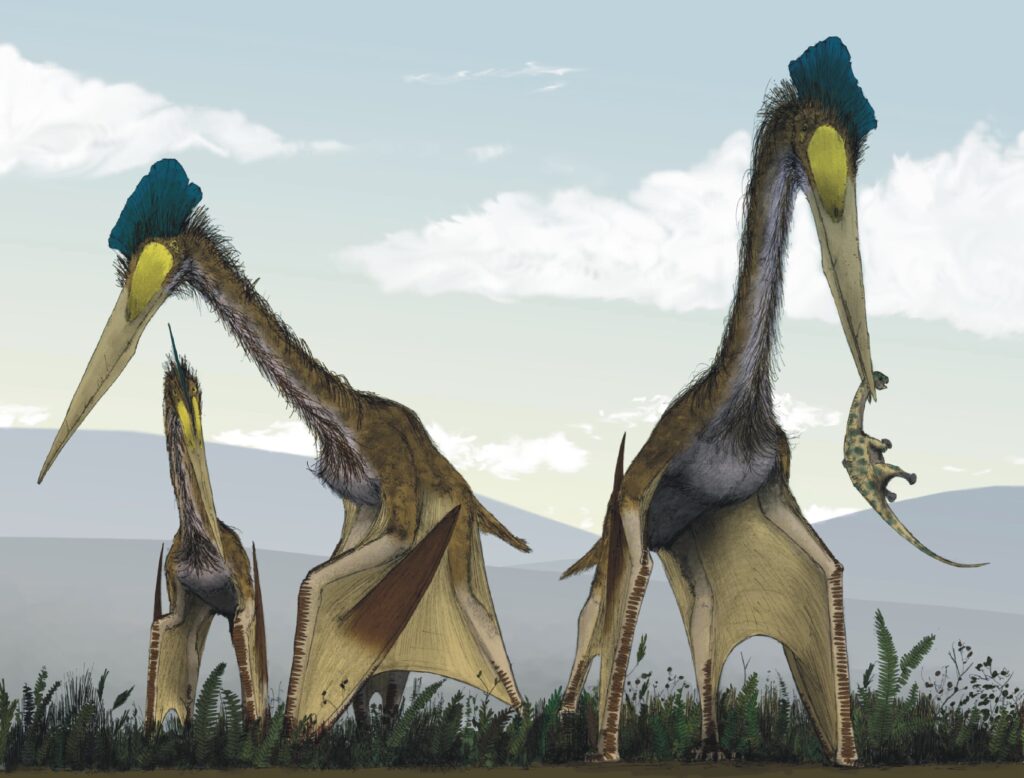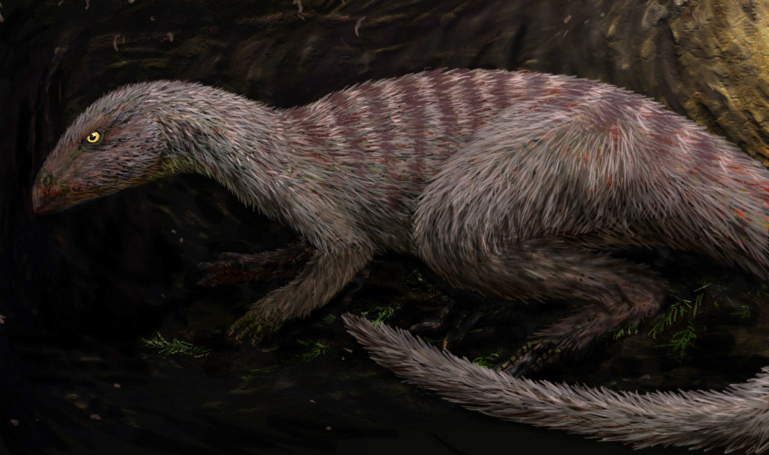Picture yourself walking through an ancient tropical forest nearly one hundred million years ago. The air is thick with moisture and danger. Massive trees tower overhead, dripping sticky resin that sparkles like golden jewels in the filtered sunlight. Somewhere in this Cretaceous wilderness, a tiny feathered dinosaur is about to become part of the most extraordinary fossil ever discovered.
This isn’t just another dinosaur bone story. The tail of a 99-million-year-old dinosaur, including bones, soft tissue, and even feathers, has been found . Scientists had found feathers before, sure. They’d even found dinosaur bones. Yet nobody had ever found them together, locked in time like nature’s most incredible freeze frame. What makes this discovery so mind-blowing isn’t just what they found – it’s how perfectly preserved everything was.
The specimen changes everything we thought we knew about dinosaur evolution and feathers. The new finding highlights the unique preservation potential of amber for understanding the morphology and evolution of coelurosaurian integumentary structures. This little tail section doesn’t just tell us about one dinosaur. It opens a window into an entire lost world where the line between dinosaurs and birds was still being drawn in nature’s grand experiment.
A Case of Mistaken Identity at a Myanmar Market
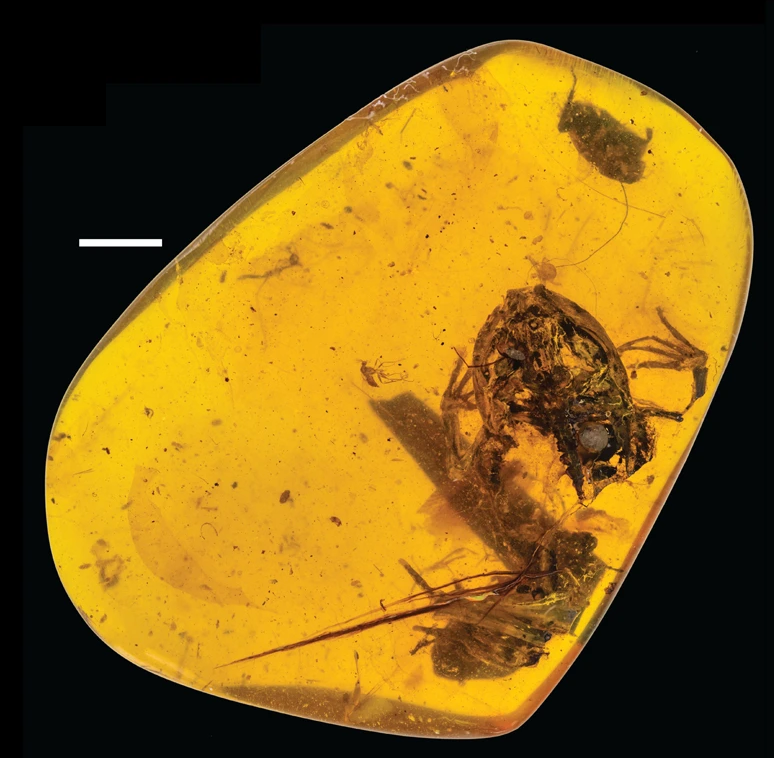
The story begins like something out of an adventure movie. The fascinating case of mistaken identity began back in 2015 when Lida Xing stumbled upon a hunk of amber at a market in Myanmar. Believed to contain plant material, the 99-million-year-old fossil was already polished ready to be sold as a trinket. The vendors had no clue they were about to lose one of the most important paleontological discoveries in decades.
The remarkable piece was destined to end up as a curiosity or piece of jewelry, with Burmese traders believing a plant fragment was trapped inside. “I realized that the content was a vertebrate, probably theropod, rather than any plant,” Xing told CNN. Talk about being in the right place at the right time with the right knowledge.
The amber chunk was roughly the size of a dried apricot, nothing spectacular to look at from the outside. According to CNN, Burmese traders selling the plum-sized piece believed a plant fragment was trapped inside. But research into the specimen, led by paleontologists Lida Xing of the China University of Geosciences, revealed that it contained a 99-million-year-old feathered dinosaur tail. Sometimes the most incredible discoveries hide in the most ordinary packages.
The Perfect Time Capsule Formation Process

Understanding how amber preserves specimens is like learning nature’s secret recipe for immortality. Because of its tackiness, newly exuded tree resin is a natural trap for various plants and animals. For these life forms to be preserved, resin must be continuously exuded in layers to cover the trapped material, then enable the resin’s hygroscopic sugars to draw away water to completely desiccate the inclusions and preserve them in detailed, three-dimensional form. Think of it as the ultimate biological embalming process, happening naturally in ancient forests.
This process can preserve soft tissues, colors, and even DNA fragments that would be destroyed during normal fossilization. The Myanmar amber that contains Eva formed in a tropical forest environment where resin-producing trees were abundant. When the juvenile dinosaur became trapped in the sticky resin, it was quickly encased and protected from bacteria and other decay processes. Over millions of years, the resin hardened into amber, creating a perfect time capsule that maintained even the most delicate structures.
The chemistry behind amber formation is utterly fascinating. While most fossils are created through the physical processes of mineral replacement or molded impressions, amber forms through the entirely different chemical process of molecular polymerization. Having neither a definite chemical composition nor an ordered crystal structure, amber is not a mineral, but an organic mineraloid. This means amber doesn’t just capture organisms – it essentially freeze-dries them at the molecular level.
Revolutionary Scientific Techniques Unlock Ancient Secrets
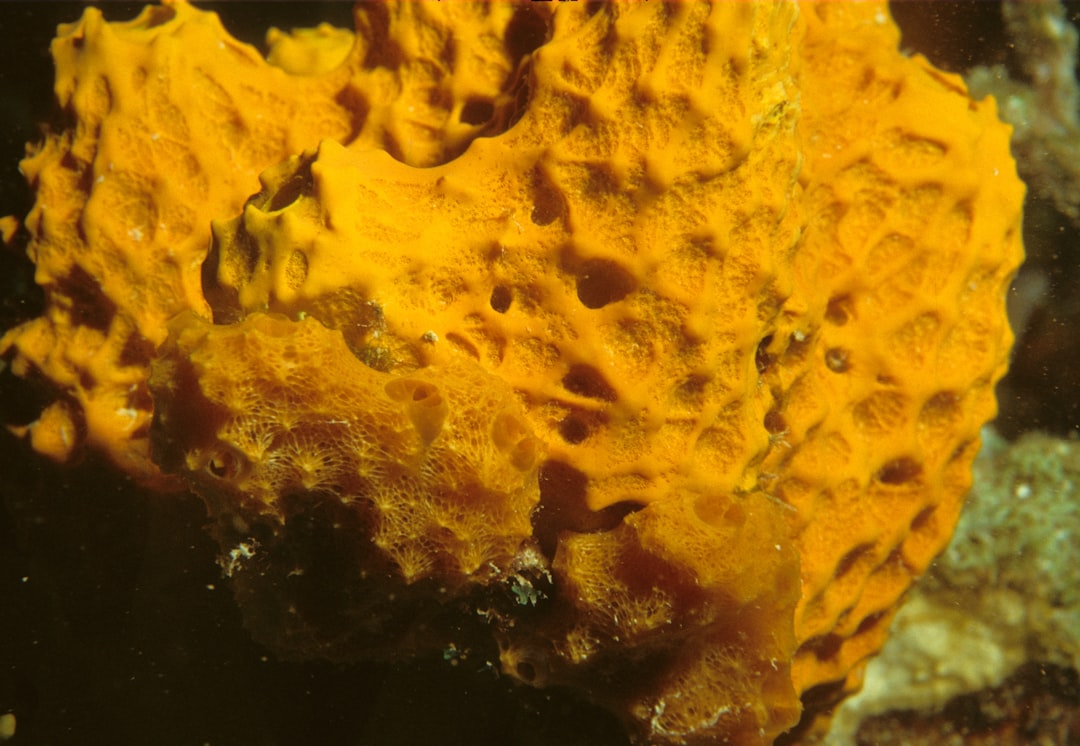
The technology used to study this specimen reads like science fiction. A dense covering of feathers protrudes from the tail, obscuring underlying details, so Synchrotron Radiation (SR) X-ray phase-contrast μCT scanning was employed to examine concealed osteological and soft tissue features. Scientists could literally see through the amber and map every bone, every feather, every bit of tissue without damaging the precious specimen.
Scientists used high-resolution CT scanning to create detailed 3D models of the tail without damaging the amber. Scanning electron microscopy revealed cellular structures, while chemical analysis identified original organic compounds that had survived the fossilization process. The level of detail they achieved is staggering. They could examine individual cells and even identify chemical signatures left behind by ancient blood.
The chemical analysis provided some of the most exciting revelations. That study revealed the presence of ferrous iron, a decomposition product from the blood hemoglobin that was once present in the dinosaur’s soft tissue. Imagine finding traces of dinosaur blood chemistry after nearly one hundred million years. The fact that [the iron] is still present gives us a lot of hope for future analysis, to obtain other chemical information on things like pigmentation or even to identify parts of the original keratin.
Extraordinary Feather Structure Reveals Evolutionary Secrets
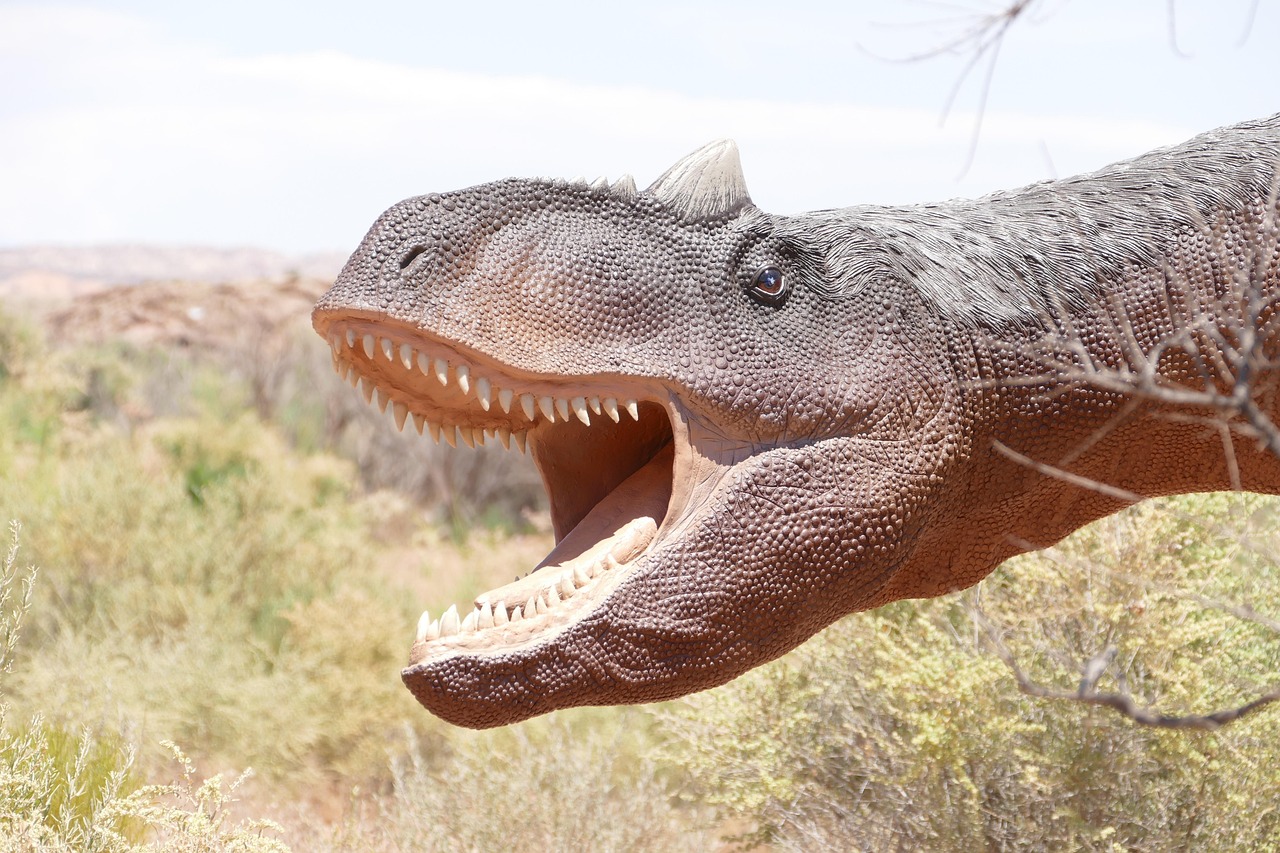
The feathers found on this tiny tail tell an incredible story of evolution in action. The dinosaur feathers feature a poorly defined central shaft (rachis) and appear to keel to either side of the tail. The open, flexible structure of the feathers is more similar to modern ornamental feathers than to flight feathers, which have well-defined central shafts, branches, sub-branches, and hooks that latch the structure together. These weren’t flight feathers at all – they were more like fancy display plumage.
The feathers suggest that the tail had a chestnut-brown upper surface and a pale or white underside. For the first time in history, scientists could determine the actual color of dinosaur feathers. The feathers were chestnut brown on the dorsal side and pale or white underneath, suggesting a rudimentary form of counter-shading, a common camouflage pattern still seen in modern birds and mammals. This little dinosaur was already using sophisticated camouflage techniques nearly one hundred million years ago.
The evolutionary implications are staggering. The feathers lack a well-developed central shaft or rachis. Their structure suggests that the two finest tiers of branching in modern feathers, known as barbs and barbules, arose before a rachis formed. This discovery essentially rewrites the timeline of feather evolution, showing that complex feather structures developed much earlier than previously thought.
Identifying the Mysterious Owner
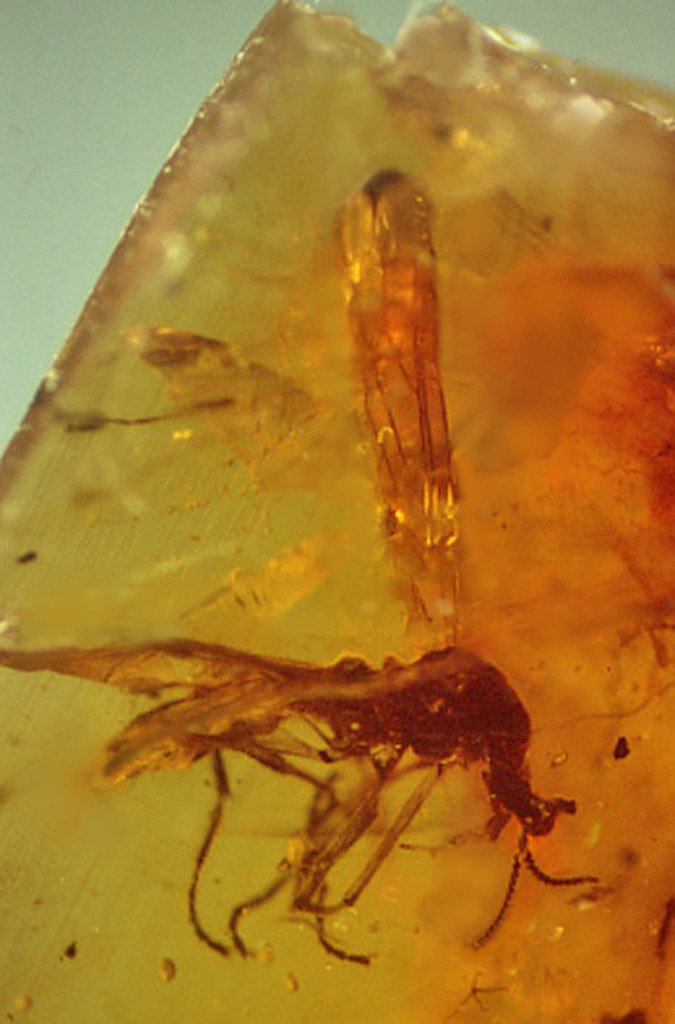
So what creature did this remarkable tail belong to? The tail section belongs to a young coelurosaurian – from the same group of dinosaurs as the predatory velociraptors and the tyrannosaurus. The sparrow-sized creature could have danced in the palm of your hand. This wasn’t some massive, terrifying beast – it was a tiny, delicate creature no bigger than a small bird.
Unlike birds, whose tails fuse into a pygostyle, this tail remained long, flexible, and segmented, signaling it belonged to a non-avian coelurosaur – a group that includes dinosaurs like Velociraptor and Tyrannosaurus rex. “We can be sure of the source because the vertebrae are not fused into a rod or pygostyle as in modern birds and their closest relatives. Instead, the tail is long and flexible, with keels of feathers running down each side,” McKellar clarified.
The specimen contains eight vertebrae from what scientists believe was the middle portion of a much longer tail. The dinosaur sample captures eight vertebrae from the middle or end of a long, thin tail. Scientists nicknamed the specimen “Eva,” and while they can’t identify the exact species, they know it represents a crucial link in the evolutionary chain between dinosaurs and modern birds.
Soft Tissue Preservation Defies Expectations
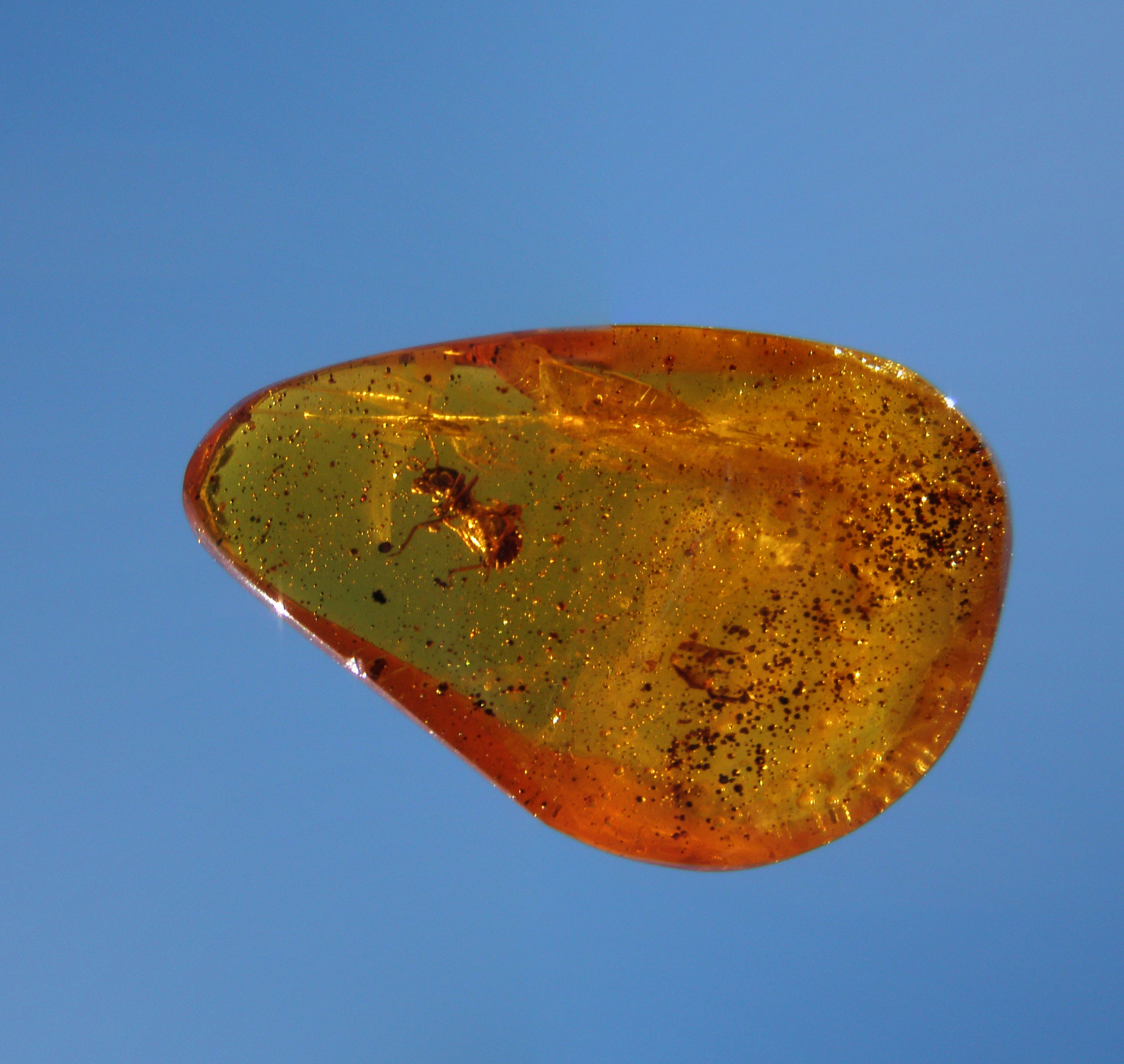
The preservation of soft tissues in this specimen is nothing short of miraculous. Soft tissues – presumably muscles, ligaments, and skin – are visible sporadically through the plumage, clinging to the bones in a manner suggestive of the desiccation common to other vertebrate remains . These tissues have largely been reduced to a carbon film, retaining only traces of their original chemical composition. Yet even these traces tell an incredible story.
Microscopic studies of the preserved tissue uncovered an almost unfathomable level of detail. Not only were the bones intact, but the fossil also retained skin, flesh, and feathers – a true rarity in paleontology. The level of preservation goes beyond anything scientists had seen before in traditional rock fossils.
Beneath the feathers, carbonized soft tissues offer a glimpse of preservational potential and history for the inclusion; abundant Fe2+ suggests that vestiges of primary hemoglobin and ferritin remain trapped within the tail. The fact that scientists can still detect iron from ancient blood cells after nearly one hundred million years opens up entirely new possibilities for studying dinosaur physiology and biochemistry.
Implications for Flight Evolution
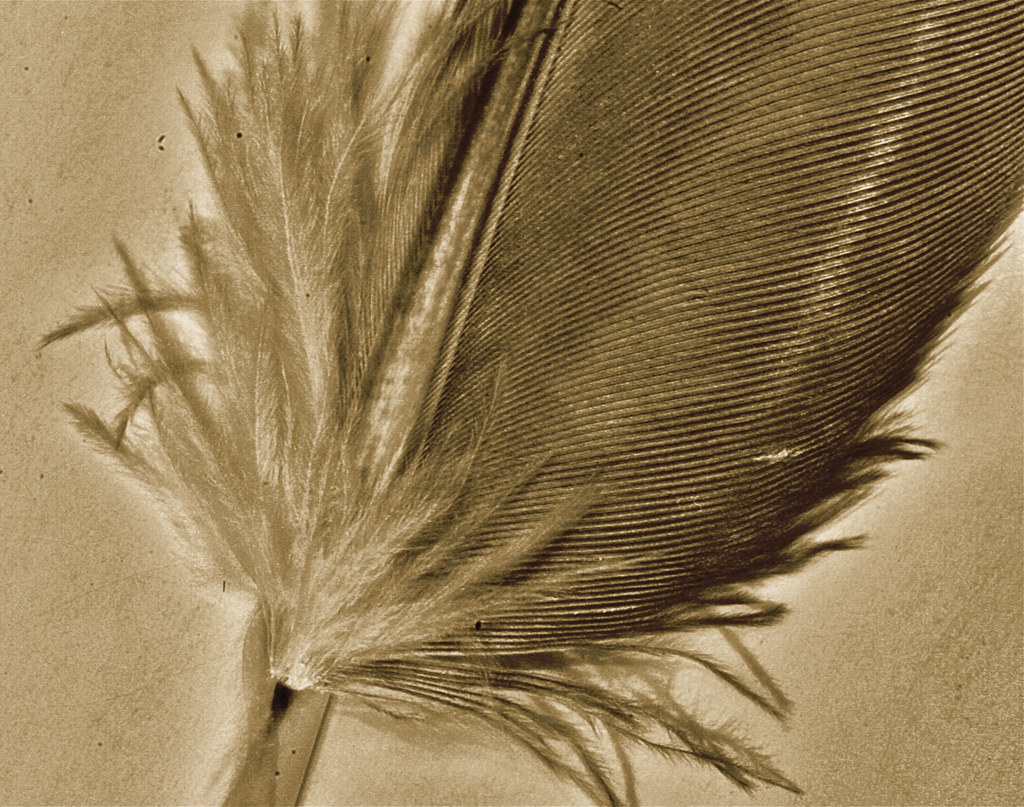
One of the most fascinating aspects of this discovery is what it tells us about the evolution of flight. The current study concludes that if the entire length of the dinosaur tail was covered in the type of feathers seen in the sample, the dinosaur “would likely have been incapable of flight.” Rather, such feathers may have served a signaling function or played a role in temperature regulation. These feathers were for show, not for soaring.
Unlike prehistoric (and modern) birds, which have a set of fused tail vertebrae called a pygostyle, the dinosaur tail had articulated vertebrae. The dinosaur feathers also have a poorly-defined central shaft, which means the feathers were more likely to be ornamental than for flight. This suggests that feathers evolved for purposes other than flight initially – perhaps for display, insulation, or communication.
The discovery helps scientists understand the complex evolutionary pathway from dinosaurs to birds. The semitranslucent mid-Cretaceous amber sample, roughly the size and shape of a dried apricot, captures one of the earliest moments of differentiation between the feathers of birds of flight and the feathers of dinosaurs. It’s like having a snapshot of evolution in progress, frozen at the exact moment when nature was experimenting with different approaches to feather design.
The Tragic Final Moments
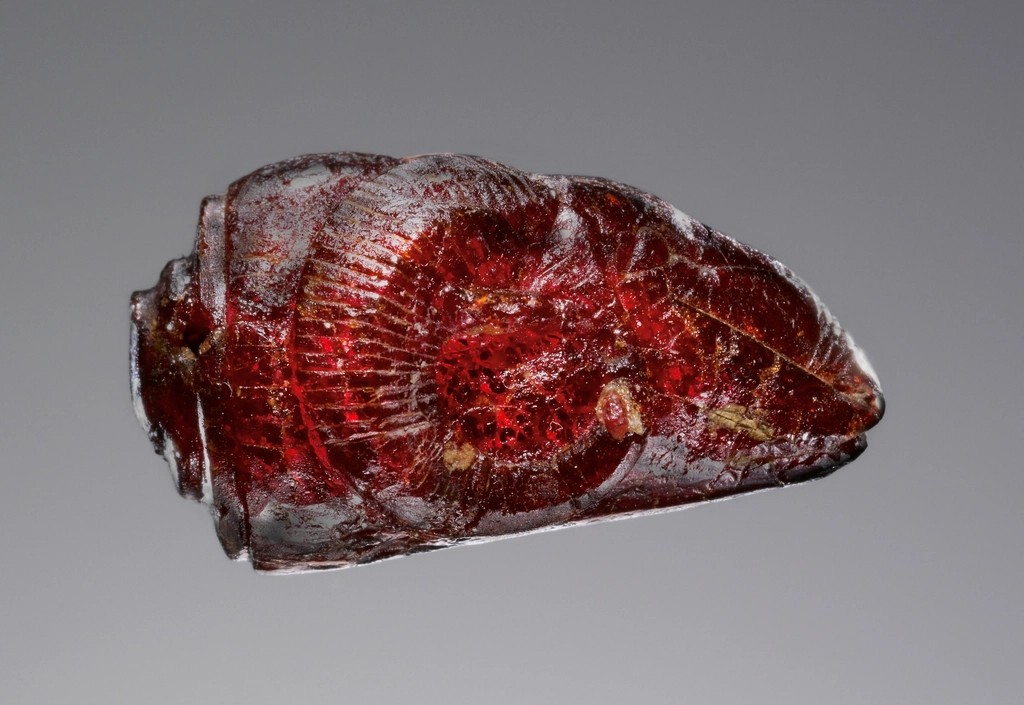
The circumstances of this dinosaur’s death paint a vivid and somewhat heartbreaking picture. Professor Mike Benton said to the BBC: “It’s amazing to see all the details of a dinosaur tail – the bones, flesh, skin, and feathers – and to imagine how this little fellow got his tail caught in the resin, and then presumably died because he could not wrestle free.” It’s an unfortunate way to go – but at least he was spared the indignity of being labeled a plant and turned into jewelry.
Picture the scene: a small, feathered dinosaur scurrying through the undergrowth of an ancient forest. Maybe it was hunting for insects or trying to escape a predator when it encountered a sticky blob of tree resin. The more it struggled, the more entangled it became. Within this prehistoric forest, small feathered dinosaurs scurried through the undergrowth. Eva likely lived in a world where massive sauropods stomped overhead while early birds took their first tentative flights. The amber preserves not just the dinosaur tail, but also tiny insects, plant fragments, and even microscopic organisms that shared this ancient ecosystem.
The amber contains more than just the dinosaur tail – it’s a complete ecosystem snapshot. And the feathers aren’t the only thing in this piece of amber that Carrano finds interesting – it also has tiny, ant-like insects entombed within it. “I’d personally love to know what these insects are,” Carrano says. “You almost never find a dinosaur and an insect fossil together because they just don’t preserve in the same kind of setting”.
Conclusion: A Window Into Ancient Worlds
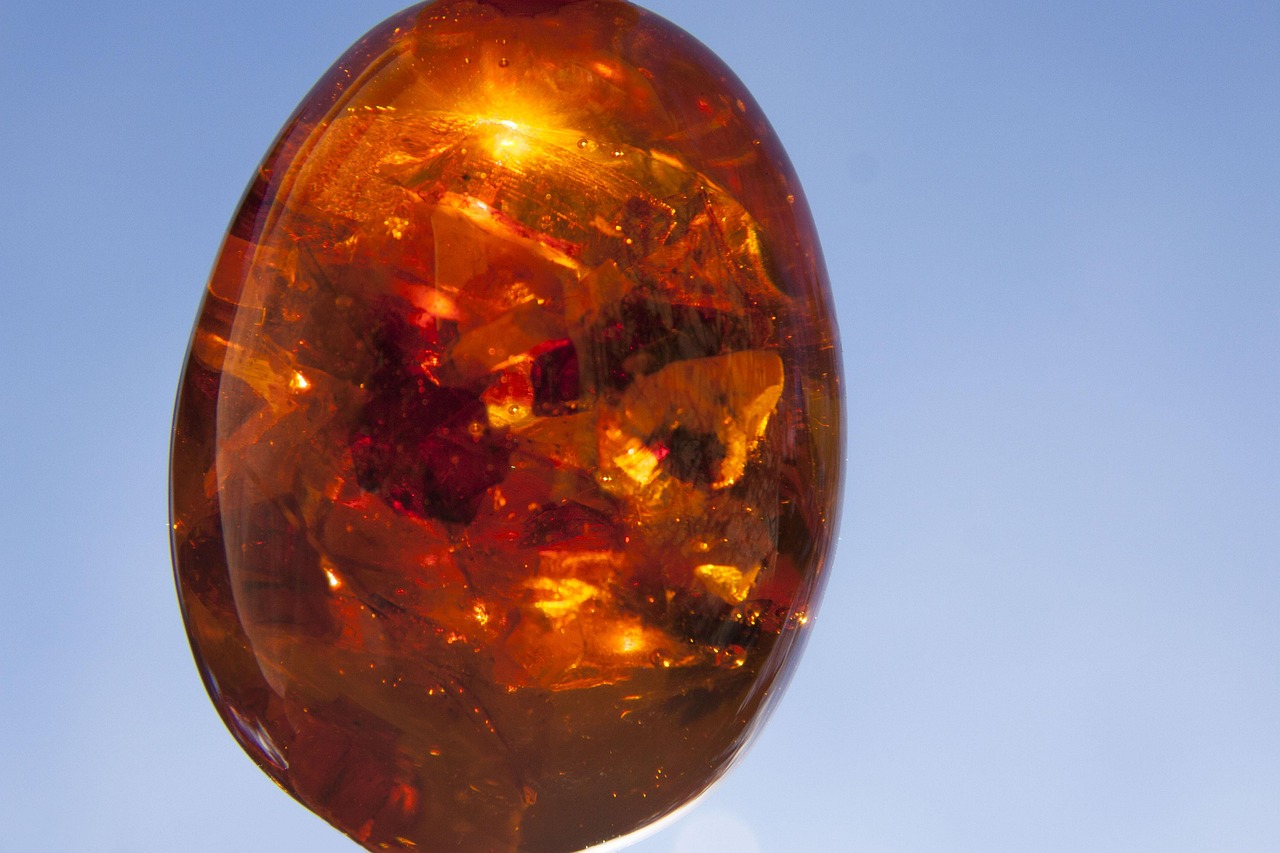
This remarkable specimen represents far more than just another fossil discovery. It’s a time machine that transports us directly into the Cretaceous period, offering unprecedented insights into dinosaur biology, behavior, and evolution. The preservation is so extraordinary that scientists can study not just the bones, but the soft tissues, feather structures, and even chemical traces of ancient blood.
The discovery fundamentally changes our understanding of feather evolution and the transition from dinosaurs to birds. It shows us that feathers evolved for multiple purposes long before flight became their primary function. The new finding highlights the unique preservation potential of amber for understanding the morphology and evolution of coelurosaurian integumentary structures.
Perhaps most importantly, this specimen demonstrates that amber deposits around the world likely contain countless other treasures waiting to be discovered. Amber pieces preserve tiny snapshots of ancient ecosystems, but they record microscopic details, three-dimensional arrangements, and labile tissues that are difficult to study in other settings. This is a new source of information that is worth researching with intensity and protecting as a fossil resource.
The next time you see a piece of amber jewelry, remember that it might contain more than just a pretty insect or leaf. Somewhere out there, another piece of ancient resin might be holding the next revolutionary discovery that will once again reshape our understanding of life on Earth. What incredible secrets do you think are still waiting to be found, trapped in golden time capsules around the world?

